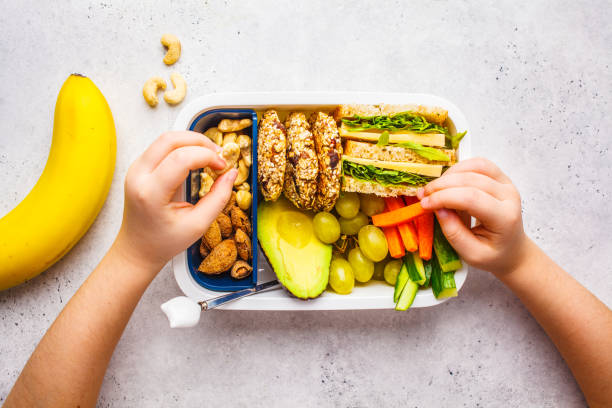Healthy Snack Guidelines for Kids
Many parents often wonder whether they are feeding their babies enough times and in adequate quantities especially when it comes to snacks. Wonder no more as we give you some
Many parents often wonder whether they are feeding their babies enough times and in adequate quantities especially when it comes to snacks. Wonder no more as we give you some of the best practices when it comes to healthy snacking for children.
Regulate: If you give your child too few snack breaks in between the day they might get cranky. But if you have too many snack breaks, you risk not only your child overeating, but also becoming overweight or obese because they can’t really tell if they are eating out of hunger or routine. A toddler requires three meals a day and a snack in between not only to keep hunger at bay, but also provide some much-needed energy to keep them going. Between the ages of one to three years, it is recommended that a toddler be fed every three hours. Fruits, oatmeal, cereals, porridge and yoghurt or a combination of any of them make good in-between meals snacks for children.
Trust your baby’s instincts: While babies may look like they don’t know much, do trust that they know some things and one of them is when they are hungry. If a child pushes their second plate of food away, is struggling to finish the first one, or simply just won’t eat, then you may be overfeeding them.
Keep it nutritious: As you strive to determine how often your child should eat, there is also the need to balance what they eat. Aim to build your child’s immunity and growth with the right components of a balanced diet. Healthy snacks in between meals ensure that even if your child is a poor or picky eater, they will still get the right amounts of nutrients. Ensure your child gets at least three main meals and two snacks a day picked from the main food groups – grains, breads and cereals, dairy, fruit and vegetables.
Avoid food rewards: Many parents use food either to distract a child or to get them to do something. This is setting up the wrong cues for your child and many lead them to use food as a reward measure. It could also lead them to lose their hunger cues.
Published September 2017





